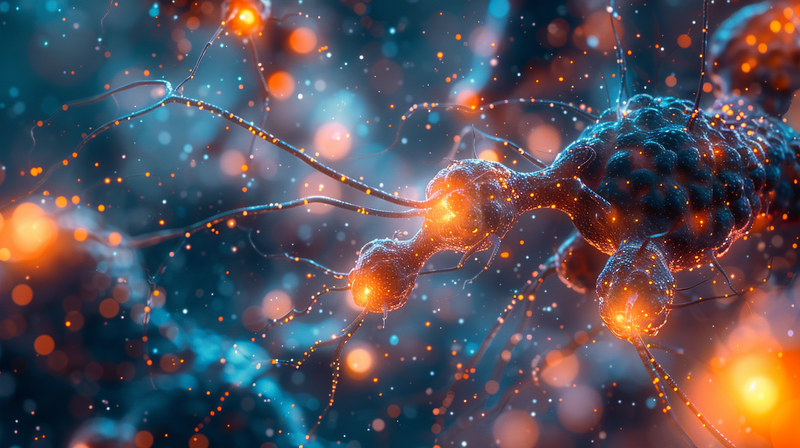Neuroprosthetics blends biomedical engineering and neuroscience. This study aims to provide those with neurological disabilities with background knowledge of the field and help them understand their natural bodily functions. Neuroprosthetic implants can span from limb prosthetics to small stimulating devices such as cochlear implants.
—

As a historical overview, the concept originated in 1929 as a test demo of oscillating between different voltages to identify how the currents would affect the brain's function. Decades later, pioneer scientists such as Liberson, a German researcher originally based in Munich, made significant contributions (Adewole). He found a temporary treatment for hemiplegia, which is a disease that produces muscle weakness and partial paralysis of one side of the body. This new treatment temporarily stabilized the brain function of the affected patients. As a result, many new inventions that improved the biotechnology field were created.
Understanding Neuroprosthetics
While the idea of neuroprosthetics has been formally advanced and developed over the past 60 years, there is still space for discoveries. This article will explore the core principles and designs of various neuroprosthetics, review advancements in their applications, and discuss their ethical implications.
How Do Neuroprosthetics Work and What Are They Made of?
As has been already stated, neuroprosthetics, at their core, are extremely advanced devices that target certain parts of the body and help in aiding by either increasing sensory function or mobile/physical function.
Generally, electrodes made of biocompatible metals like platinum or gold are used for their excellent conductivity and stability. The electrodes capture neural signals and send them to external processors that decode the information into commands, such as controlling a prosthetic limb or a computer cursor. The electrodes are often part of microelectrode arrays, which are minuscule grid-like structures made from materials such as silicon, allowing for precise detection and stimulation of neurons. To ensure both durability and biocompatibility, insulation materials like perylene or silicone protect the electrodes and prevent electrical short circuits
.
Implications and Future Prospects
This research opens new possibilities for treating neurological disabilities and has broader implications for addressing age-related comorbidities associated with neurological impairments. The study represents a substantial step in developing novel but more effective treatments for these and other related conditions, underscoring the importance of continued investment in biomedical research.
Senior Author: Dr. Johana Carolina Vega Leonel, Ph.D.
Authors: Teodor Bal, Maria Kovleva, Krish Madhavan, Malena Ramirez
Contact Info:
Name: Krish Madhavan
Email: Send Email
Organization: The Neuroprosthetic Project 2024
Website: https://www.instagram.com/neuroprosthetic_project_2024/
Release ID: 89135178
Should you come across any errors, concerns, or inconsistencies within this press release's content, we urge you to reach out without delay by contacting error@releasecontact.com (it is important to note that this email is the authorized channel for such matters, sending multiple emails to multiple addresses does not necessarily help expedite your request). Our committed team will promptly address your feedback within 8 hours and take appropriate measures to resolve any identified issues or guide you through the removal process. Providing accurate and dependable information remains our utmost priority.

